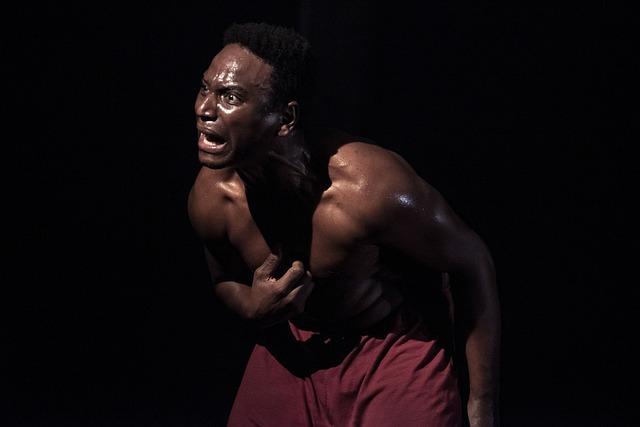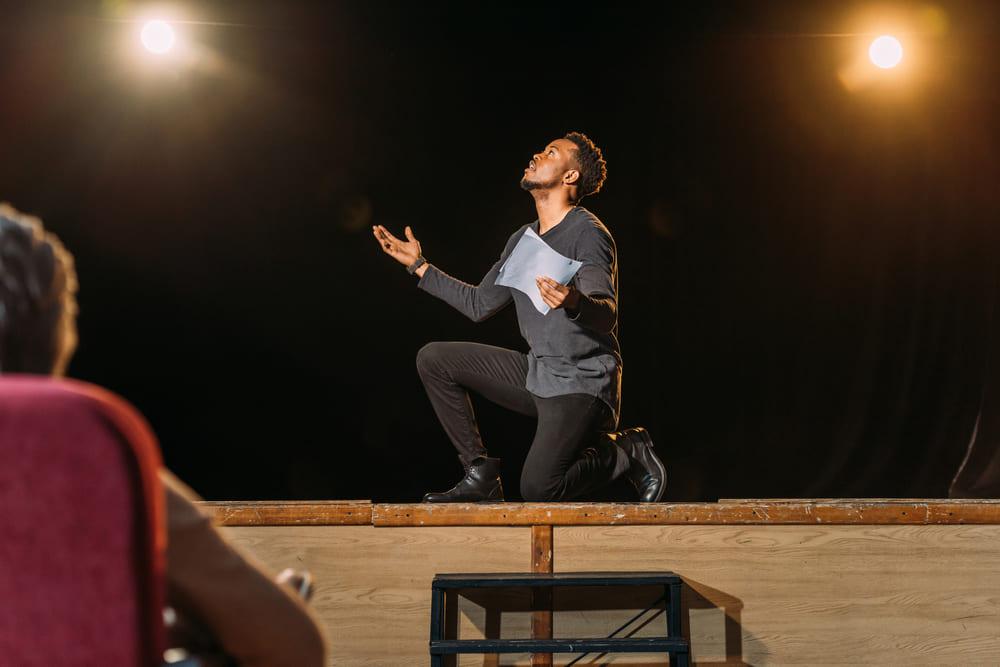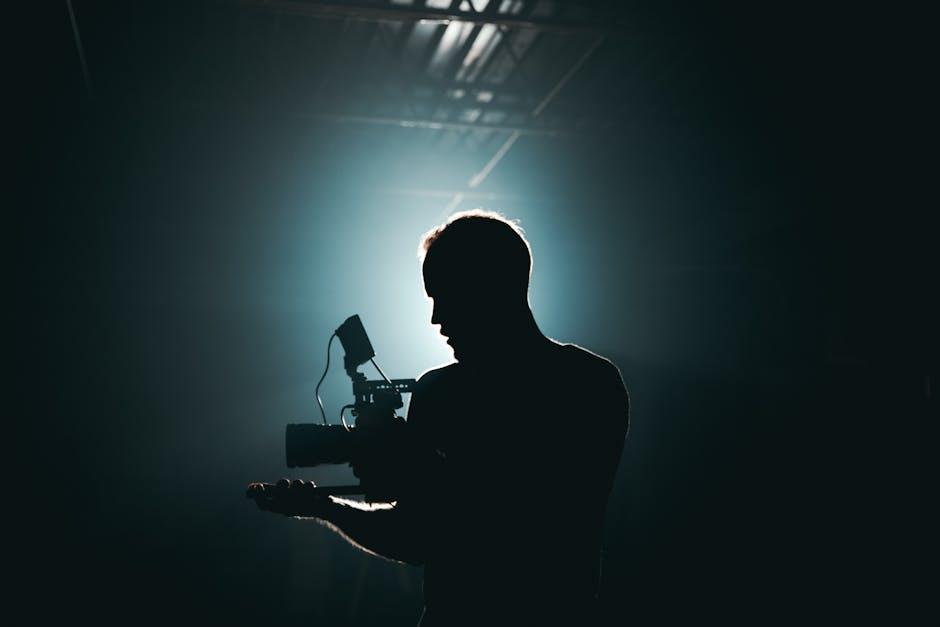In the dim glow of the rehearsal space, where creativity dances between shadows and light, the relationship between a director and actor becomes a delicate ballet of trust and vision. At its heart, this collaboration is an art form unto itself, one that requires an intricate balance of guidance and freedom. As directors strive to bring scripts to life, shaping performances that resonate with authenticity and depth, a set of best practices emerges—time-tested strategies that transform the abstract into the tangible. This article delves into the nuanced world of directing, offering insights into the symbiotic dance that empowers actors to inhabit their roles fully, breathing life into every word and gesture. Join us as we explore the alchemy of performance, where craft meets intuition, and stories find their voice.
Crafting Communication Channels for Creative Collaboration
Creating effective communication channels between directors and actors is essential for nurturing a collaborative environment. Directors should establish a space where actors feel empowered to express their ideas and interpretations. This can be achieved through regular check-ins and open dialogue, ensuring that feedback is constructive and supportive. Active listening is crucial; directors should pay attention to actors’ insights and incorporate their unique perspectives into the creative process. This approach not only enhances performances but also fosters a sense of ownership and trust within the team.
- Embrace Open Dialogue: Encourage actors to share their thoughts and suggestions.
- Foster Trust: Create a safe environment where actors feel comfortable taking risks.
- Provide Constructive Feedback: Focus on strengths while guiding improvements.
- Incorporate Actor Input: Value and integrate actors’ insights into the creative vision.
Empathy and Understanding: Building Trust with Your Cast
In the dynamic world of theater and film, fostering an environment of empathy and understanding is crucial for directors aiming to build trust with their cast. This begins with active listening, allowing actors to express their interpretations and concerns. By genuinely valuing their input, directors can create a collaborative atmosphere where creativity thrives.
- Active Listening: Engage with your actors by giving them your full attention and acknowledging their insights.
- Open Communication: Establish a transparent dialogue to address any challenges and celebrate successes together.
- Respectful Feedback: Provide constructive critiques that empower rather than diminish, ensuring actors feel supported.
Such practices not only enhance performances but also cultivate a sense of community, ensuring every member feels integral to the project’s success.

Guiding the Emotional Journey: Techniques for Authentic Performances
Crafting a genuine emotional arc in a performance requires directors to delve deeply into the psyche of their actors. One effective technique is to encourage actors to draw from their personal experiences, allowing them to infuse their roles with authentic emotions. This approach not only enhances the depth of the performance but also creates a more believable character on stage or screen. Directors can facilitate this process by conducting emotional recall exercises, where actors reflect on past experiences to evoke genuine feelings during their scenes.
- Open Dialogue: Foster an environment where actors feel safe to discuss their interpretations and emotional responses to their characters.
- Empathy Mapping: Encourage actors to create detailed profiles of their characters, focusing on emotional triggers and responses.
- Improvisational Techniques: Use improvisation to explore different emotional reactions and deepen the understanding of the character’s journey.
By embracing these techniques, directors can guide their actors toward performances that resonate with authenticity and emotional truth, ultimately creating a more compelling narrative for the audience.

Balancing Direction and Freedom: Encouraging Actor Innovation
One of the most dynamic aspects of directing is the delicate dance between providing guidance and allowing actors the space to explore. Striking this balance can lead to performances that are both authentic and innovative. Directors can foster this creative environment by establishing a foundation of trust and open communication. Encourage actors to bring their own interpretations to the table, as this often uncovers unexpected layers within a character.
- Provide a clear vision: Share your overall vision for the production while remaining open to new ideas.
- Facilitate collaboration: Create rehearsal spaces where actors feel safe to experiment and take risks.
- Adapt to discoveries: Be willing to adjust your direction based on the organic discoveries made during rehearsals.
- Offer constructive feedback: Guide actors with specific, actionable feedback that respects their creative process.
By blending structured direction with artistic freedom, directors can inspire performances that resonate deeply with audiences, all while nurturing the creative instincts of their cast.

